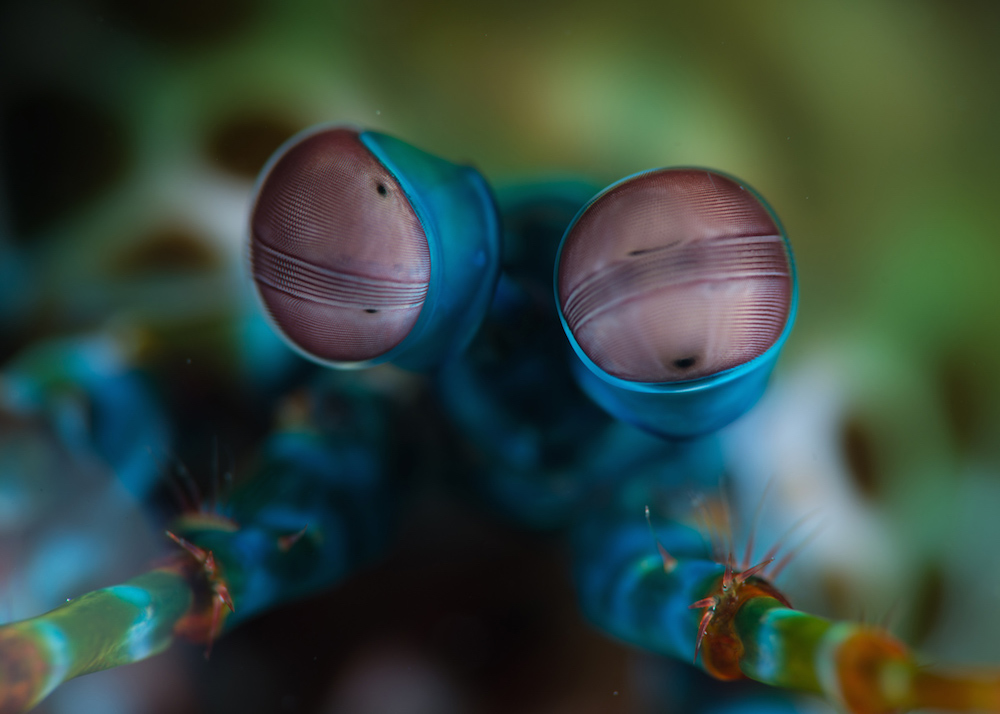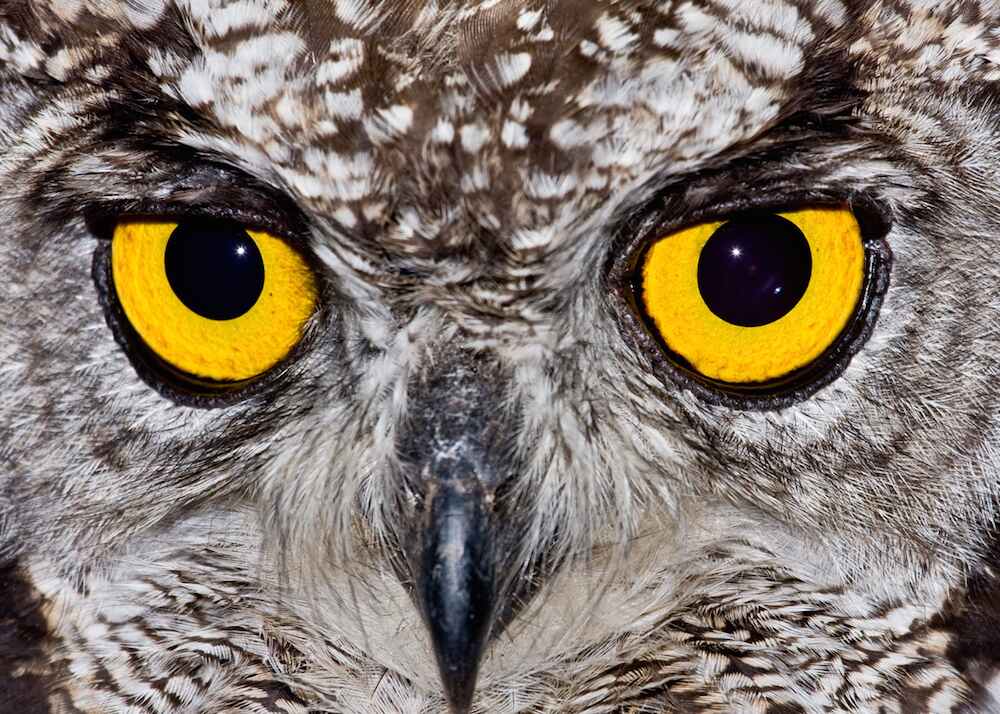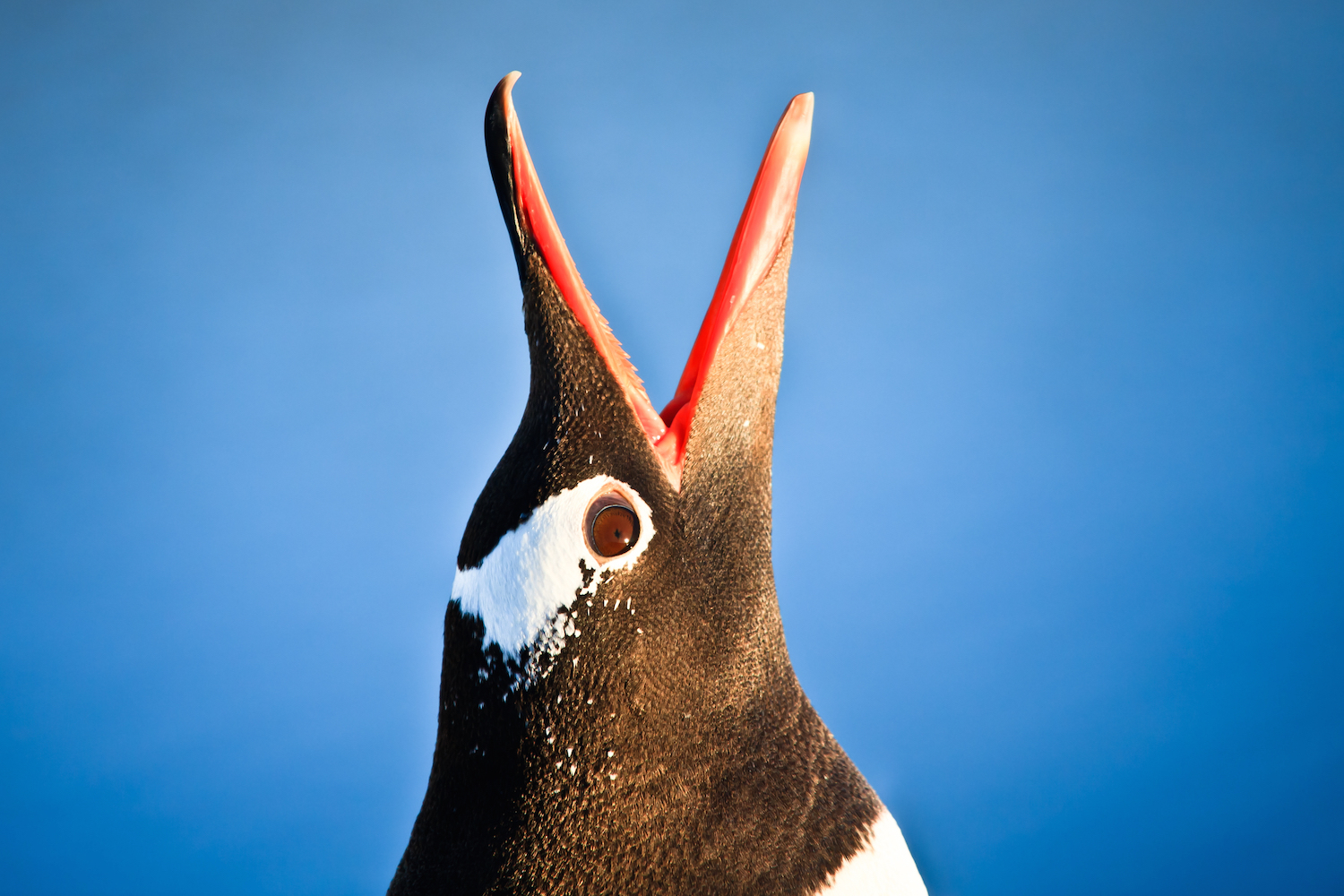See 15 Crazy Animal Eyes — Rectangular Pupils to Wild Colors
Mantis shrimp

The mantis shrimp has a whopping 12 color receptors. (Remember, humans have just three.) But it appears that these crustaceans don't see a super-rainbow everywhere they go.
Rather, the shrimp can differentiate colors that are about 25 nanometers apart, a 2014 study in the journal Science found. In contrast, humans can discriminate shades that are as little as 1 nanometer to 4 nanometers apart, Live Science previously reported. In other words, the mantis shrimp can still see a ton of colors, but it can't differentiate between them as well as humans can.
"They're definitely not seeing the world of color in as much detail as other animals," study researcher Justin Marshall, a neurobiologist at the University of Queensland in Australia, told Live Science.
[In Photos: Mantis Shrimp Show Off Googly Eyes]
Owls

Owls are known for their amazing eyes. The birds of prey have tubular, telescope-like eyes that are jam-packed with rod cells, photoreceptor cells that perceive black and white. These help the birds hunt during the dim twilight and night hours, Live Science previously reported.
Owls also have a tapetum lucidum, a structure that reflects visible light back onto the retina, helping the animals see at night, Live Science reported.
Tarsiers

The tarsier's eyes are so large that each eye is as large as the animal's brain. There's a reason for this odd feature: The nocturnal primate can't see at night (unlike the owl and cat, it doesn't have a tapetum lucidum), so it needs big eyes to let in what little light is available.
Penguins

Penguins have extraordinary eyes that help them hunt underwater and explore on land.
Penguins have flattened corneas, which refract (bend) light less than human corneas do. In effect, it's up to a penguin's lens, not the animal's cornea, to focus light onto the retina. Luckily, penguins are well-adapted to do that. They also have strong eye muscles that can change the shape of the lens when the birds are on land or in the water, according to the New England Aquarium.
What's more, the birds have clear eyelids, called nictitating membranes, that protect their eyes when they're swimming underwater, the aquarium said. These adaptations help penguins see wherever they go!
Sign up for the Live Science daily newsletter now
Get the world’s most fascinating discoveries delivered straight to your inbox.

Laura is the archaeology and Life's Little Mysteries editor at Live Science. She also reports on general science, including paleontology. Her work has appeared in The New York Times, Scholastic, Popular Science and Spectrum, a site on autism research. She has won multiple awards from the Society of Professional Journalists and the Washington Newspaper Publishers Association for her reporting at a weekly newspaper near Seattle. Laura holds a bachelor's degree in English literature and psychology from Washington University in St. Louis and a master's degree in science writing from NYU.










